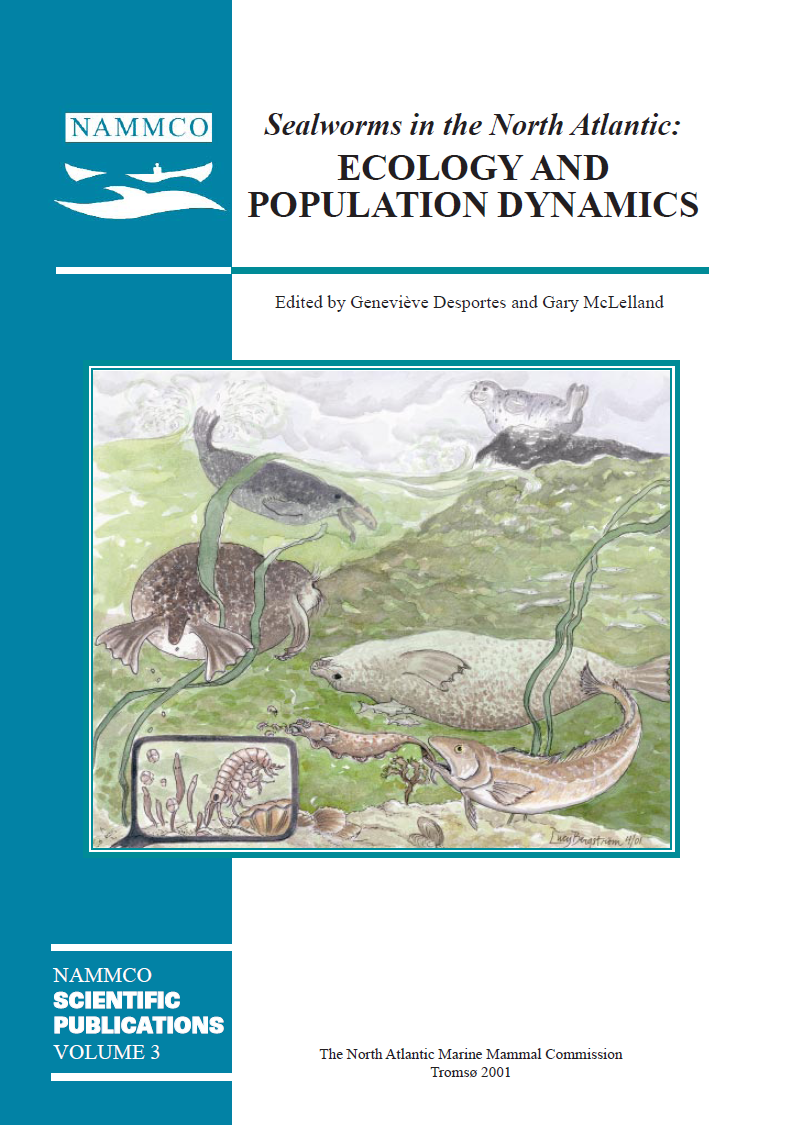Sealworm (Pseudoterranova decipiens) infection in the benthic cottid (Taurulus bubalis) in relation to population increase of harbour seal (Phoca vitulina) in Skagerrak, Sweden
DOI:
https://doi.org/10.7557/3.2958Keywords:
Sealworms, Pseudoterranova decipiens, hosts, harbour seal, SwedenAbstract
In Koster archipelago (northern Skagerrak, Sweden) the harbour seal population increased from approximately 350 to more than 1000 individuals between 1988 and 1998. During the same period, sealworm (Pseudoterranova decipiens) abundance in the most heavily infected fish species, bullrout (Myoxocepahulus scorpius) and sea scorpion (Taurulus bubalis), did not increase. Since harbour seals do not normally feed on those cottids an infection route via cod (Gadus morhua), which consume cottids, is proposed. The abundance of sealworm in the final host is therefore related to the probability of cod preying on infected cottids prior to being preyed upon by seals. Our model predicts
that the abundance of larval sealworm in benthic fishes is not related to the number of seals when the colony is over a specific threshold size.





